No Worries, Mate! Against All Odds, Your Olive Oil Hunter Proudly Presents Three Magnificent Fresh-Pressed EVOOs from Australia
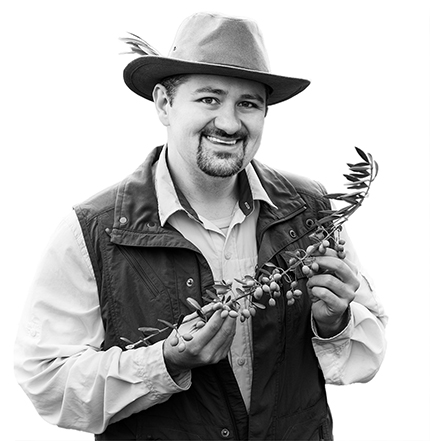
- Enticingly food-friendly and brimming with antioxidants, these dazzling EVOOs were rushed to our shores by jet (no small feat).
- All are custom blends created by yours truly, procured from award-winning Australian producers (also no small feat).
- All are Club exclusives, available nowhere else in the US.
- All are certified by an independent lab to be 100 percent extra virgin.
G’day, mate! It’s that Down Under time of year—when the freshest, most flavorful olive oils on earth come from Australia, our seasonal opposite. Mother Nature doesn’t shift the global harvest schedule, even while a pandemic continues on her watch.
Nor does your Olive Oil Hunter. At this point in the calendar I’m usually knackered from the 20,000-mile round trip to Oz. I love the annual journey, visiting groves that I’ve watched develop and flourish over the past decade and collaborating with the ingenious Ozzie producers, many of whom are now dear friends. In just 25 years, Australia has given rise to a charismatic, innovative olive oil culture, pioneered by scrappy small-scale growers and guided by cutting-edge agricultural science. My appetite is also geared up for Australia’s vibrant and exciting food scene, which reflects and reinterprets Asian, Mediterranean, and Middle Eastern influences.
The Oz-Stars
As you’ve likely surmised, though, this year I was not able to travel. Even before it was clear that any trips to the Southern Hemisphere would be confined to Zoom, I began drafting the team for a remote olive oil quest. The clutch players in Australia would be two longtime friends of the Club: Leandro Ravetti, best described as an “all-around olive oil genius,” and the incomparable Melissa Wong, whose meticulous judgment and discerning palate I trust implicitly.
Leandro predicted early that Australian growers would have a challenging year. The hot, dry weather that olive trees crave failed to materialize; summer was cooler than normal, with a lot of rain, which restrained the olives’ development. As harvest time approached, average temperatures were a full 3ºC below average, and the rainfall hit record marks. As Leandro described it, “Winter came early to Australia,” and Mother Nature closed the door on the growing season.
Highly skilled producers are no strangers to strategizing around lousy weather, and I was heartened to learn that two of my favorite award-winning Australian farms, Annie Paterson’s Nullamunjie Olive Groves and the Oasis farm of John and Marjan Symington, were seeing gorgeous fruit on their trees. Leandro’s expertly cultivated groves in Boort would be my third ace in the hole.

Going the Extra Mile
For the growers, the pressing question was how to staff the harvest safely. Australian olive farms rely heavily on seasonal workers, who range from youthful European backpackers to “grey nomads,” retired farmers in their 60s. There are also the “double-timers,” who work the harvests in both hemispheres, as well as the invaluable tech experts. With international travel at a halt, however, many of the workers this year were rookies. Usually they would lodge in a nearby town, but, understandably, this year that was not feasible. Leandro and his team came up with an ingenious solution: the creation of an “RV bubble” on the farm, so each harvest worker or couple was able to stay safely isolated in a private RV, with all the amenities.
(More Than) a Little Help from My Friends
Enter Melissa. She and I have been friends for more than 20 years, going back to my days at the Food Network in New York City. In recent seasons, she has hosted Grand Tastings for me and my Merry Band of Tasters at her beautiful home in Melbourne. She is an ultra-savvy scout and always has the scoop on up-and-comers on the olive oil scene.
Melissa served as my “palate on the ground,” shipping me a weekly batch of promising EVOO samples, which I’d evaluate to identify any Club contenders and report back. From those select few, I would curate exclusive blends. When a time-sensitive delivery from Leandro’s grove was delayed, the ever-resourceful Melissa booked an Uber to courier the sample to her home so she could send it on to me.
Intuitively, Melissa anticipated our needs far in advance—things one would ordinarily take for granted, such as thermal blankets to insulate the oils while transporting them to the States. Cargo space on planes was extremely scarce, as very few flights were going in or out of Melbourne’s Tullamarine terminal, so Melissa and I spent weeks beforehand negotiating for travel spots for your precious oils.
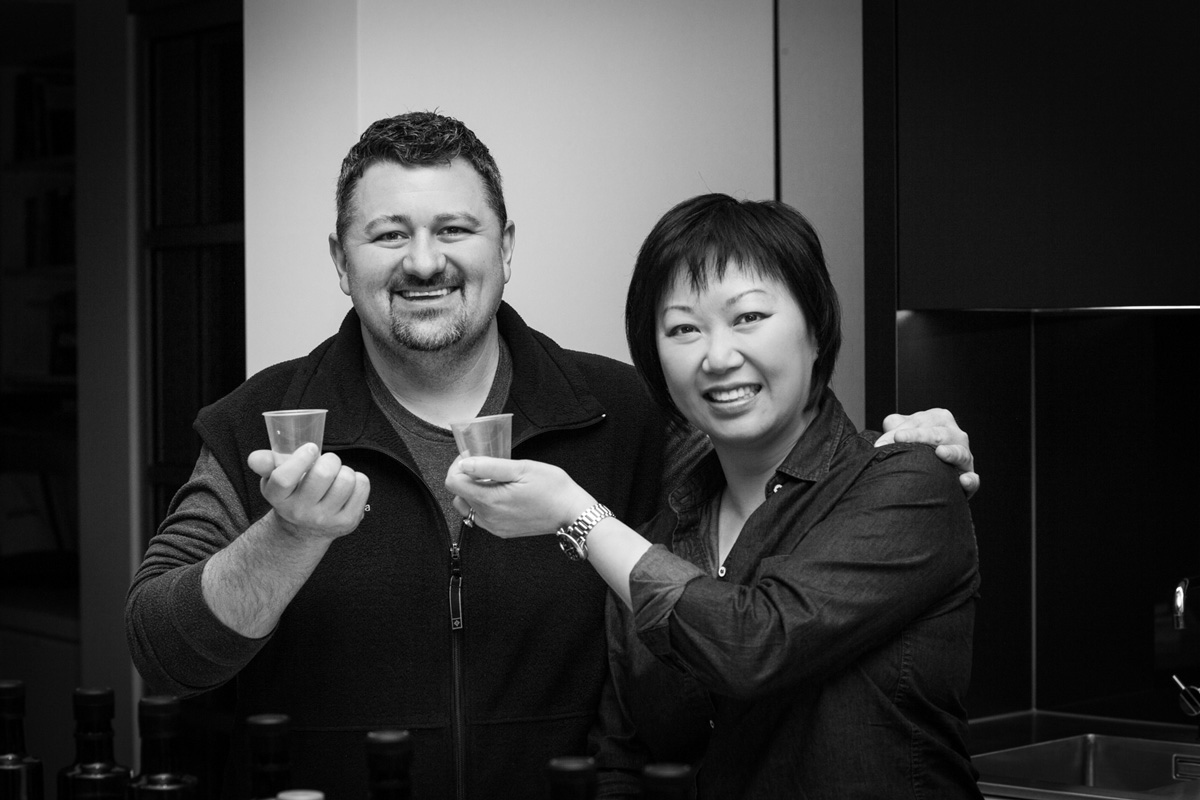
Scott Sanders, the globe-trotting consultant and miller who’s spent the last 3 seasons with the Oasis team, joined Melissa to oversee the blending of this quarter’s selections, matching the blends on a larger scale—perfectly—to those I’d created stateside.
When I reflect on all the extra efforts that went in to creating the trio of liquid gold you have before you, I am deeply moved. I don’t think I could say it better than Leandro Ravetti, who asked me to share his words with you:
“During these very difficult times, when people are forced to be separated from friends and family, and when things are so different from what we are accustomed to, we put more emphasis than ever on ensuring consistency for the Club members—to do everything possible to put great oil on your table.”
These extremely food-friendly, health-promoting Australian gems will brighten your menus and expand your culinary repertoire, whether you’re a home baker, backyard griller, or avid gardener with more produce than you know what to do with. Explore the mouth-watering recipes below and read on to learn more about how our Oz-Star Team made it happen.
Happy drizzling!

T. J. Robinson
The Olive Oil Hunter®
This Quarter’s First Selection
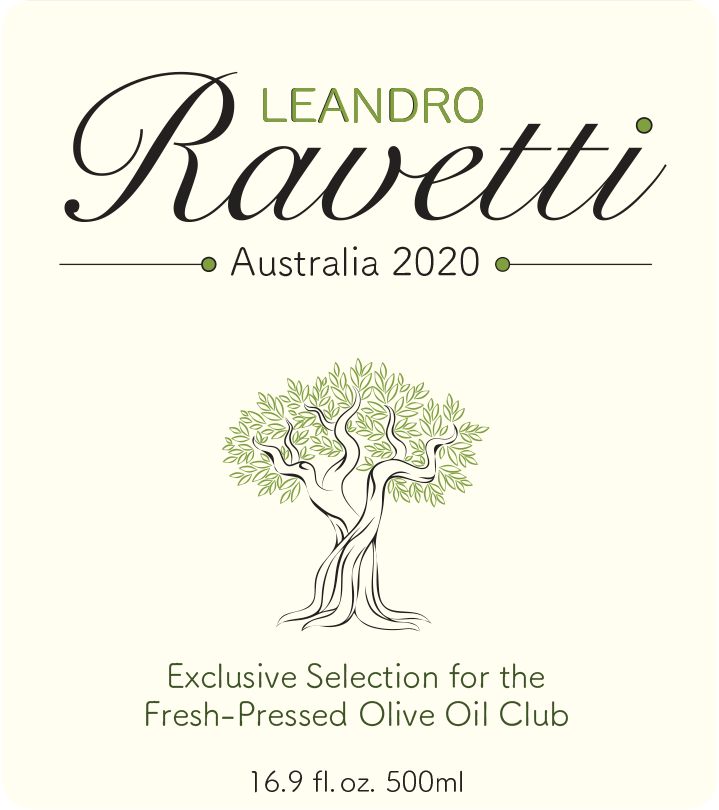
I can’t think of anyone who has done more to advance the quality and appreciation of extra virgin olive oil than my friend Leandro Ravetti, whose influence extends to every olive-producing region on the planet. His time and expertise are always in demand—I rejoice when we are in the same country at the same time, because on any given day obligations might find him in Japan, for instance, adjudicating an international olive oil competition, or in California, where he teaches a master milling course at UC Davis. (Yours truly is a proud alum.)
But this year, as with almost everything during the pandemic, was different. “I haven’t left Australia in 6 months,” Leandro reflected in disbelief when we spoke recently. A fantastic cook—as accomplished in the kitchen as he is in the olive grove—Leandro confided that during quarantine he’s become a pastry chef. “I was always a savory cook, but now, it’s tarts and cakes, most of them made with olive oil!” He also described baking a batch of traditional Argentinian croissants, scrumptiously different from the French version. “They’re crunchier, less spongy, very flaky and delicious,” he mused, while I got intensely hungry on the Zoom call.

Born in Argentina to parents of Italian heritage, Leandro’s affinity for olives evolved while he was an agricultural engineering student at the National University of Catamarca.
After postgraduate studies in olive horticulture in Italy and Spain, he returned to Argentina to help nurture its nascent olive oil industry. Then, in 2001, he was recruited by the Australian company Modern Olives to be its scientific and technical director. He relocated to Victoria, where he thought he’d be staying just a year or two, but ever since, he’s called Australia home.
Leandro and I check in regularly during the growing season (as you know, Oz is on the opposite timeline). Months in advance, he declared that he and his team would do anything and everything to ensure that my wonderful Club members were provided with the finest olive oils, no matter what. True to his word, Leandro kept the Club at the forefront of his mind.
“I felt more responsibility, as the person on site,” he said, as we reflected on the extraordinary efforts this season. “I tried to think as if you were here.”
From our years of collaboration, Leandro knows my preferences, shares my insistence on the very best, and understands how discriminating my Club members are. He is also a born problem-solver, a pragmatist as well as perfectionist after my own heart.
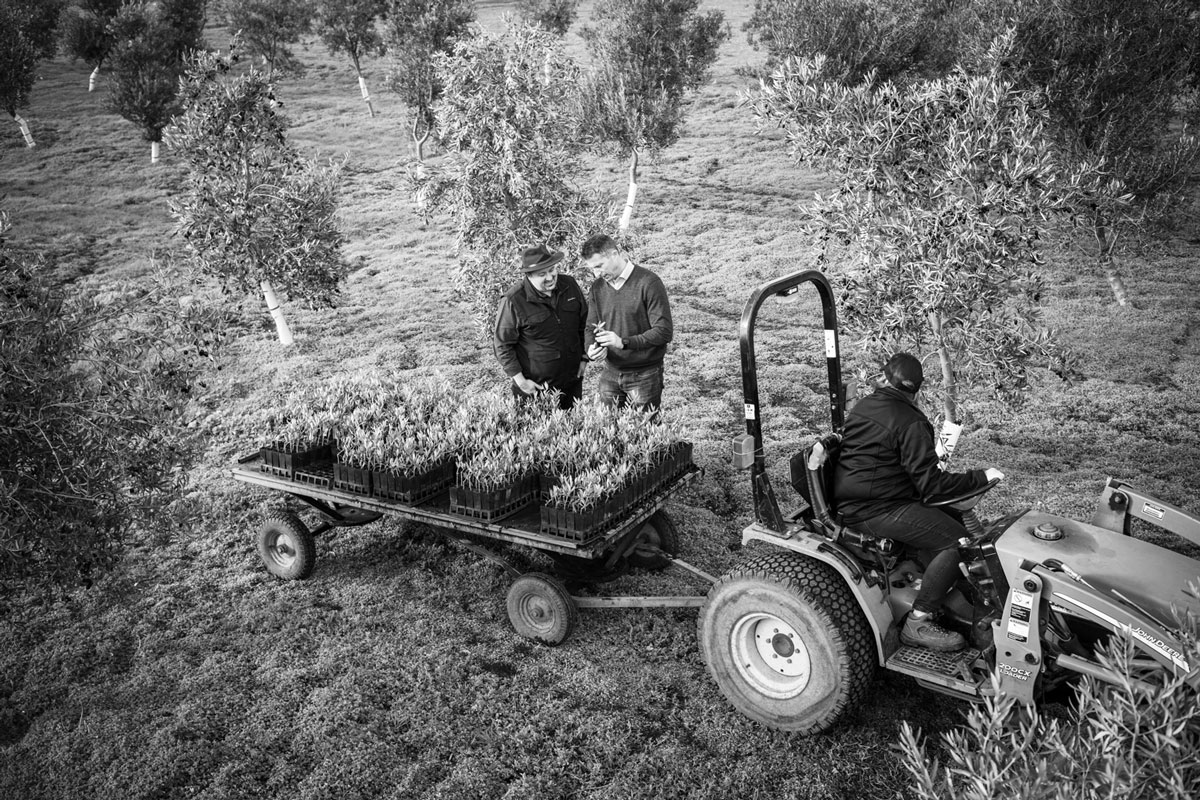
Leandro oversees two thriving groves in Victoria, located about 150 miles apart. In order to comply with Australia’s lockdown directives, he and his team established an RV campground at the farm (see page 2), enabling the harvest workers to be in residence in a bubble, each in private accommodations with food delivered.
Early on, Leandro intuited that his Coratina and Picual olives were destined to be the standouts of this unconventional season. (As it turns out, I was present for the planting of these very trees as saplings, so in an inter-species way I feel like their godfather.) A few years back, Leandro and his team had removed scores of Barnea olive trees—though they produce lovely fruit, Barnea trees are prone to pests and other damage—and replaced them with the hardier, more versatile and flavorful Coratina, Picual, and Hojiblanca varietals.
The young trees, Leandro explained, blossomed earlier than their counterparts, and the fruit ripened sooner, which meant that the younger trees’ fruit was at an ideal place in its maturing process when the cold temperatures hit. For some of these trees it was the second or third harvest, and for some the very first.
We created an exquisite blend of Picual and Coratina: this Picual is uniquely delicate, one example of the ways that Old World varietals express themselves differently in the Australian terroir and climate. The spirited Coratina imbues the blend with additional dimension and complexity. I am so honored to be able to share this exclusive oil with you, as it represents the fruits of the labor of people on the other side of the world, pulling together in very tough times. Leandro put it perfectly: “This was a chance to give each other a hand to do what we love—sharing excellent oils with the people who appreciate them.”
Impressions and Recommended Food Pairings
The union of a Spanish Picual and an Italian Coratina yields an oil with a lovely, complex perfume. It’s green and grassy, presenting tomato leaf, green apple, Belgian endive, parsley, basil, vanilla, and a touch of celery leaf. Leafy greens are echoed on the palate, too—Belgian endive, romaine lettuce, along with green apple skin and a hint of mint. We tasted pine nuts as well, and enjoyed the arugula-like pepperiness and the subtle bitterness of celery leaves on the finish.
Though it’s our mildest selection, this is a very flavorful oil, one that will complement a variety of foods. We suggest mild white fish, such as cod, monkfish, or sea bass; roast chicken; shellfish, such as lobster, shrimp, scallops, or octopus; composed salads with mild lettuces and fruit and/or nuts; bruschetta; pizza; eggs; fresh cheeses; and simple pastas and risottos.
This Quarter’s Second Selection

For the first time in years, I spent my summer on my home turf in the stunning Blue Ridge Mountains. Though I have always marveled at the hazy, blue-gray beauty of the range (the oldest in North America), my heart drifted during this time to a different mountain range on the other side of the planet: the Australian Alps.
The rolling highlands in eastern Victoria are home to one of my favorite olive growers in the world, Nullamunjie’s Annetta “Annie” Paterson. I so look forward to my annual visits to her farm. Tethered to home this year, I felt the rift in my routine rather keenly. I lamented that there would be no star-gazing from her expansive veranda, no surveillance of kangaroos cavorting in the olive groves, no olive oil-splashed meals at Annie’s table with my mirthful Merry Band of Tasters.
Most of all, I missed my time with Annie, the irrepressible woman who founded Nullamunjie Olive Groves in 1998. Now a grandmother, Annie fell in love with olive trees in her twenties during a visit to Greece and recognized growing conditions there—hot, dry summers and mild winters—mimicked those of her native East Gippsland. Decades passed, however, before Annie acquired the family-owned land at the base of Mt. Stawell—formerly used to graze her father’s cattle—that enabled her to realize her dream.
Today, the farm hosts about 3,000 olive trees, all Tuscan varietals: Frantoio, Leccino, Today, the farm hosts about 3,000 olive trees, all Tuscan varietals: Frantoio, Leccino, Correggiola, and Pendolino. They have adapted well to the microclimates of Oz, the award-winning oils taking on distinctly Down Under flavors and characteristics that have captivated members of my Club.
Via Zoom, I was pleased to see Annie’s incandescent smile some 14 time zones and 10,000 miles away. She’d been hunkered down on the farm for months, having briefly returned once to her Melbourne home to collect her dogs and her husband, John.
“It’s beginning to feel a bit biblical,” Annie quipped, referring not only to the pandemic but to other major threats to her life and livelihood. Drought-related bush fires, driven by sustained high winds, raged for several months in East Gippsland. Alarmingly, the conflagration came within six miles of Nullamunjie, reaching the opposite side of the mountain and cutting off the farm.
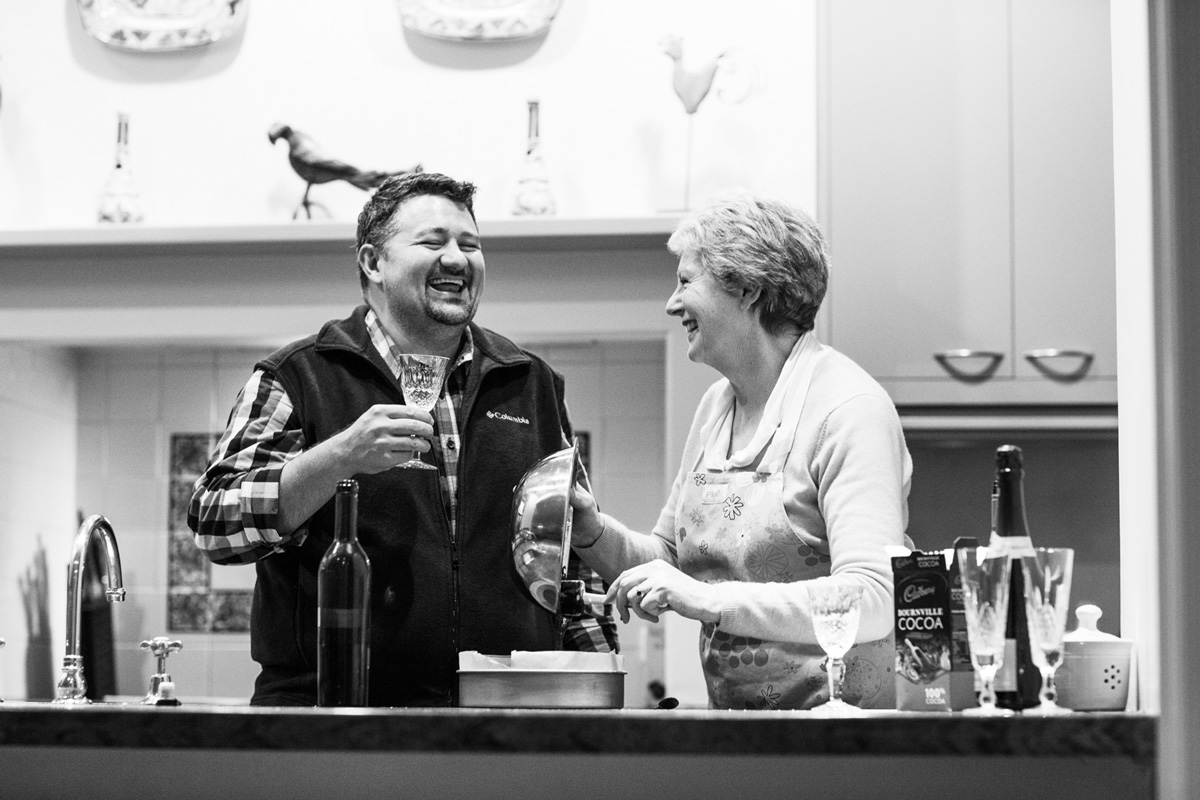
Torrential rains followed, which caused flooding and landslides on the re-ravaged land, but providentially helped extinguish the flames and cleanse the smoke-choked air. The storms also engorged river basins like the Tambo, which had been nearly depleted. Annie was especially happy about that as she depends on the Tambo to irrigate her trees.
Fearing the encroachment of winter, Annie wisely harvested her olives early. As always, she relied on local grove professionals Tom Morgan and Jack Diamond. She employed locals as pickers, too, including two stranded Belgian backpackers.
Wind exposure affected trees on the higher slopes, Annie reported, depressing yields. But the quality of the farm’s oils was stellar, a fact confirmed by olive oil expert Melissa Wong (read more about her below). Fans of Nullamunjie will recognize immediately this blend’s distinctive aroma and flavor profile.
Though she misses her children and grandchildren, Annie has savored the unexpected time she’s been able to spend on the farm this year with the trees she cherishes. Inspired by a New Zealand-based olive oil expert, a speaker at a growers’ conference, she has initiated a post-harvest pruning program. The method he advocates, called vase-pruning or center-pruning, is popular in Oceania and calls for removing select scaffold branches to within a foot of the trunk. It maximizes sun exposure in the tree’s center, encourages good air circulation, and maintains the tree’s compact shape.
-2_web.jpg)
“I absolutely love pruning,” Annie gushed. Dressed in work clothes and a hard hat and brandishing a chainsaw, Annie had been pruning what she calls her “shop windows”—the trees that front the road and surround her mill and restaurant, The Pressing Shed Café (temporarily closed). “I pat each of them on their little trunks when I finish and say, ‘Great job! Keep up the good work!’” Amen.
Impressions and Recommended Food Pairings
A whiff of this oil will transport you to the Tambo River Valley in southeast Victoria. It’s fragrant with sweet grass, like wheatgrass, as well as fennel, almonds, kiwi, green banana, white pepper, and wild mint. It’s a bit nutty in the mouth—again, almonds—or perhaps hazelnuts. A little green, too, evoking baby lettuces and haricot vert. Intriguingly, I noticed the freshness of bruised pine needles, the spiciness of white pepper, and the bitterness of radicchio. This is an exceptionally well-calibrated oil that you’ll enjoy on many seasonal foods.
Try it with white beans or other pulses; rice; winter squash or sweet potatoes; tomato-based dishes; pork or veal; turkey; duck; cold-weather soups; mild cheeses; salads featuring sturdy greens like kale or chicory; salmon; and even chocolate.
This Quarter’s Third Selection
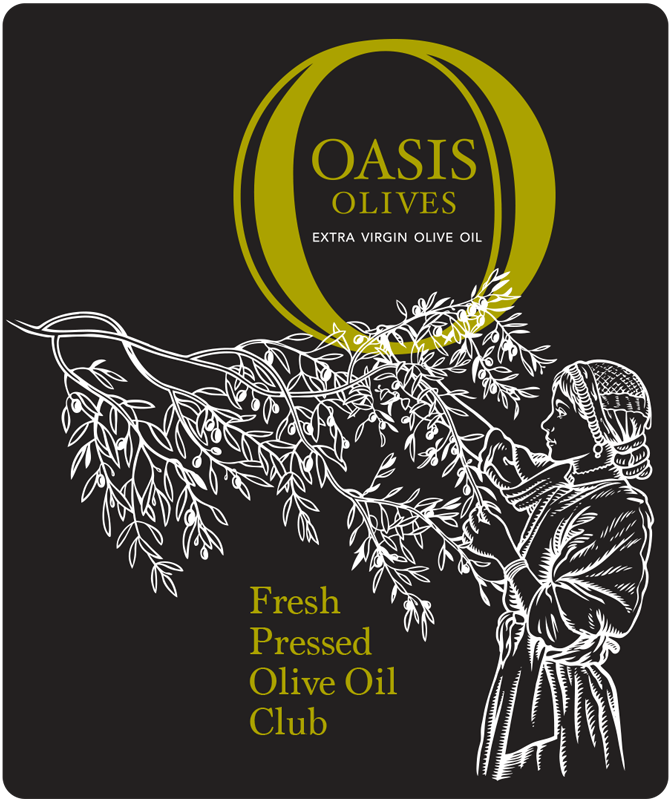
I remember well the day I sampled a magnificent olive oil during a Grand Tasting some eight years ago. It came from a fledgling company, then unknown to me, in rural Victoria. That was my introduction to serial olive oil entrepreneurs John and Marjan Symington, the founders of Oasis Olives and now, dear friends.
In hindsight, the couple’s ambition to acquire an olive grove in Peru in 2007 and name it Oasis seemed a bit imprudent, even to them. They realized they actually knew very little about olives. Not wanting a “stuff up” (Aussie slang for mistake) on their records, John and Marjan decided to begin their Olea europaea education closer to their Melbourne home.
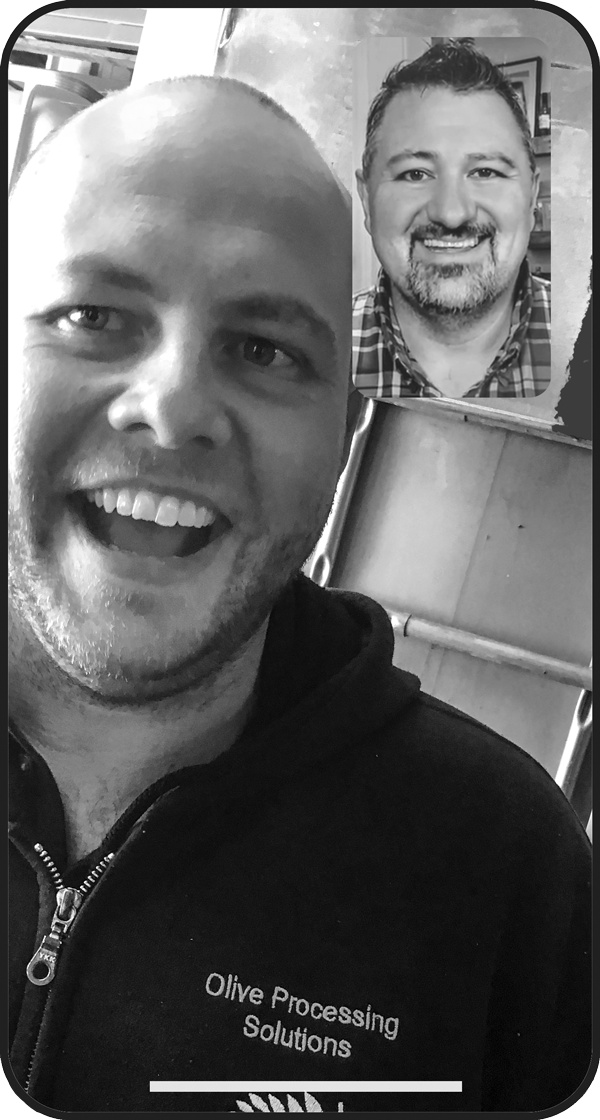
The Symingtons then purchased an olive grove in the Goulburn Strathbogie region near Kialla, 120 miles northeast of Melbourne. The area has been described as “a climatic sweet spot” for olives with warm summers, adequate average rainfall, and mild winters. John immersed himself in the technical aspects of growing and pressing premium olive oils. Meanwhile, Marjan—also a miller—refined her olive oil evaluation skills and got involved in the Goulburn Strathbogie Olive Grower’s Association (GSOGA), an active group that is a valuable resource for local producers.
The 111-acre grove was terribly run-down when the couple bought it. The trees were bushy and wild and badly needed pruning. The irrigation system was broken. But the property spoke to these adventuresome rehabbers, the Chip and Joanna Gaines of the olive oil world. (If you’ve seen the Gaineses’ shows on HGTV, you’ll understand.) Since then, the tireless couple has turned the aforementioned Peruvian grove into an award-winning farm and bought a third fixer-upper in South Australia.
Oasis pressed its first Australian extra virgin olive oils in 2010. A mere two years later, Oasis won the prestigious Marco Mugelli Award given by the Los Angeles International Extra Virgin Olive Oil Competition to recognize the “Best of the Best” from the winner’s circle.
“When we heard we had won this award, we had to find out what it meant and who Marco Mugelli was,” John said.
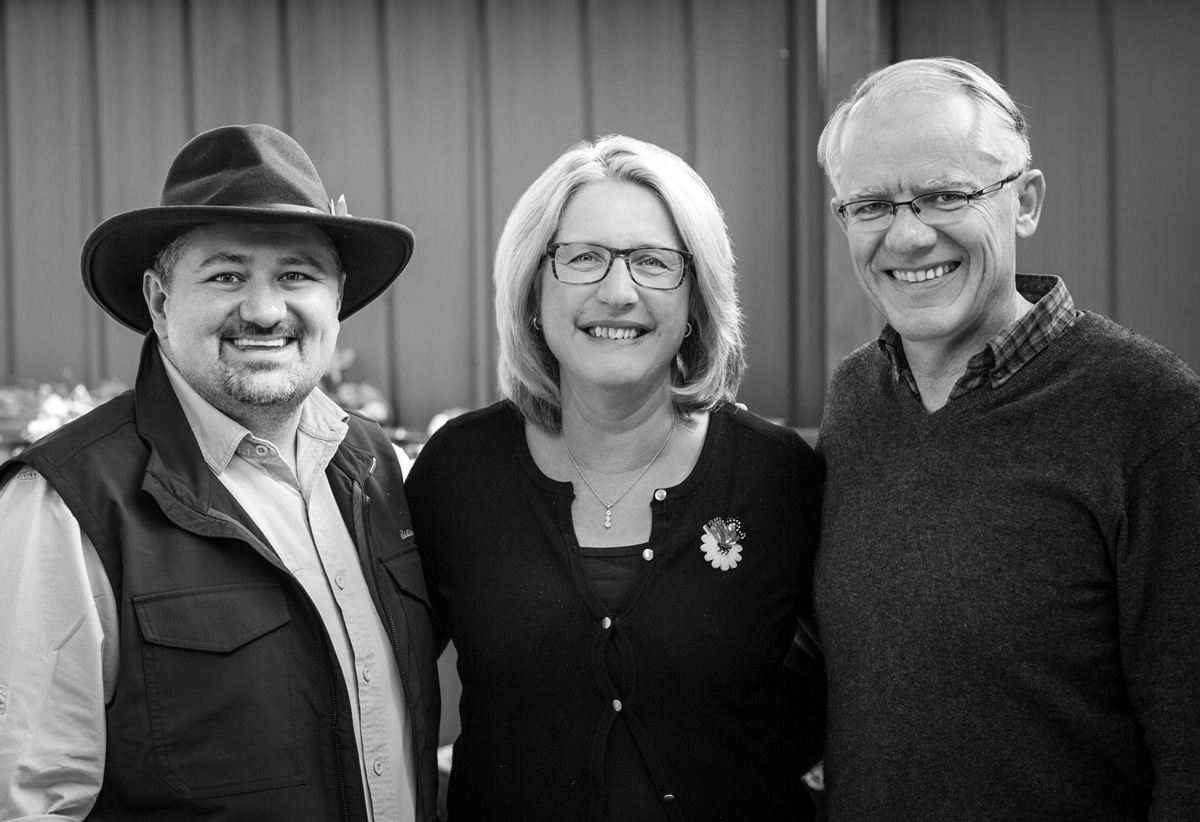
As it happens, I knew Dr. Mugelli personally. I once spent several privileged hours with this olive oil visionary. He was an agricultural scientist and engineer whose lab outside of Florence, Italy, was genius in a Rube Goldberg sort of way. He was obsessed with increasing levels of healthful polyphenols in olive oil. John and Marco would have had a lot in common, as John, a retired software engineer, is also fascinated with the potential of technology to improve agricultural products like olive oil.
In the early years, the Symington family manned the olive press themselves, so are accustomed to working with a small tight-knit team. They adapted easily to the new paradigm. In recent years the invaluable Scott Sanders, an international olive oil expert long affiliated with Oasis, has been on hand to help, joined this year by his father, wife, and harvest team from Scott’s home town.
“We’re too old to work with people we don’t enjoy,” commented John during one of our Zoom conversations.

Though always up for a challenge, John and Marjan struggled with the curve balls Mother Nature threw at them this season. A “complicated” spring—exceptionally dry—affected the fruitset of the trees. Conditions continued through early summer. Just before the harvest, epic rains fell. The onslaught turned the groves’ red clay to boot-sucking mud. Fortunately, a tractor/harvester equipped with tank-like treads arrived in the nick of time.
Despite all, the quality of the fruit was excellent. The oil’s heady aromas and bold flavors will pair beautifully with your fall menus. Though I couldn’t be there in person this year, I trust the mad skills of the Symingtons. When Meghan and I married in October 2017, we gave our wedding guests bottles of fresh-pressed Oasis olive oil. People are still talking about them!
Impressions and Recommended Food Pairings
Our boldest oil has a very green, evocative nose. It leads with an almond-like sweetness with hints of baby spinach and peppery arugula. Herbs like rubbed fresh thyme and sage, and spices like cinnamon, suggest this oil could elevate a holiday meal. Pleasantly bitter in the mouth and warm with spice, this oil required a large tasting vocabulary. Among the vegetal descriptors were artichoke, baby spinach, chicory, kale, green pepper, rosemary, and wild greens. Darker, spicier flavors then emerged: dark chocolate, cinnamon, and cloves. Such a refreshing astringency on the long finish, with a perfect balance of fruitiness, bitterness, and spiciness.
Reach for this oil when serving grilled meats like beef or lamb; duck; oilier fish such as mackerel or sardines; hearty soups or stews; roasted root vegetables, including cruciferous vegetables like brussels sprouts; dark breads; and stronger cheeses. Splash it on chocolate or vanilla ice cream, or drizzle over yogurt.
Olive Oil and Health
Adapted from an article in Duke Medicine Health News, September 2020, Vol. 6, No. 9
Go ahead. Dip that crusty Italian bread in a saucer of seasoned olive oil and take a big, guilt-free bite. Research shows that consuming more olive oil is associated with less risk of heart attack among Americans, especially when it replaces butter, mayonnaise, or margarine. A study performed at the Harvard T. H. Chan School of Public Health, in Boston, showed that replacing 1 teaspoon of butter, margarine, mayonnaise, or dairy fat with the same amount of olive oil lowered the risk of any cardiovascular disease (CVD) by 5 percent and lowered the risk of coronary heart disease (CHD) by 7 percent. People who consumed even higher amounts of olive oil—half a tablespoon daily—had a 15 percent lower risk of any kind of CVD and a 21 percent lower risk of CHD.
This study took place between 1990 and 2014 and included 63,867 women from the Nurses’ Health Study and 35,512 men from the Health Professionals’ Follow-up Study. All participants were free of cancer, heart disease, and other chronic diseases at the start of the study. Every four years for about three decades, study participants answered questionnaires about their diet and lifestyle. Participants were asked how often, on average, they had consumed specific foods, as well as types of fats, oils, and brand or type of oils used for cooking and added at the table in the preceding year. Total olive oil intake was calculated from the sum of three questionnaire questions related to olive oil intake: olive oil salad dressing, olive oil added to food or bread, and olive oil used for baking and frying at home.
Among the researchers’ noteworthy observations were: Olive oil can have favorable effects on endothelial dysfunction, hypertension, inflammation, insulin sensitivity, and diabetes. Previous studies have shown that olive oil—especially the virgin grade—that is richer in polyphenolic compounds is associated with lower levels of inflammatory biomarkers and a better lipid profile; and despite olive oil being a high-fat food, it has not been associated with weight gain.
The researchers stress the importance of substituting olive oil for other fats. The main thing is to replace unhealthy fats with olive oil, and that can improve cholesterol, reduce inflammatory biomarkers, and improve cardiovascular health. The results echo a 2013 study that found that people who followed a Mediterranean diet supplemented with extra virgin olive oil for five years had a 30 percent lower risk of heart attack or stroke. They also showed a slower rate of cognitive decline and were better able to control their weight.
Reference: Guasch-Ferré M, Liu G, Li Y, et al. Olive oil consumption and cardiovascular risk in US adults. J Am Coll Cardiol. 2020;75(15):1729-1739.
Kudos from Club Members
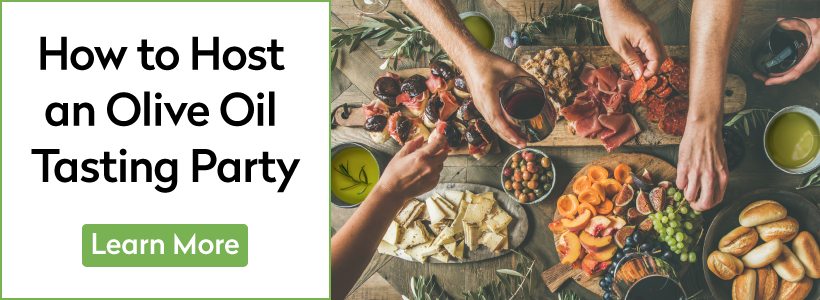
Recipes
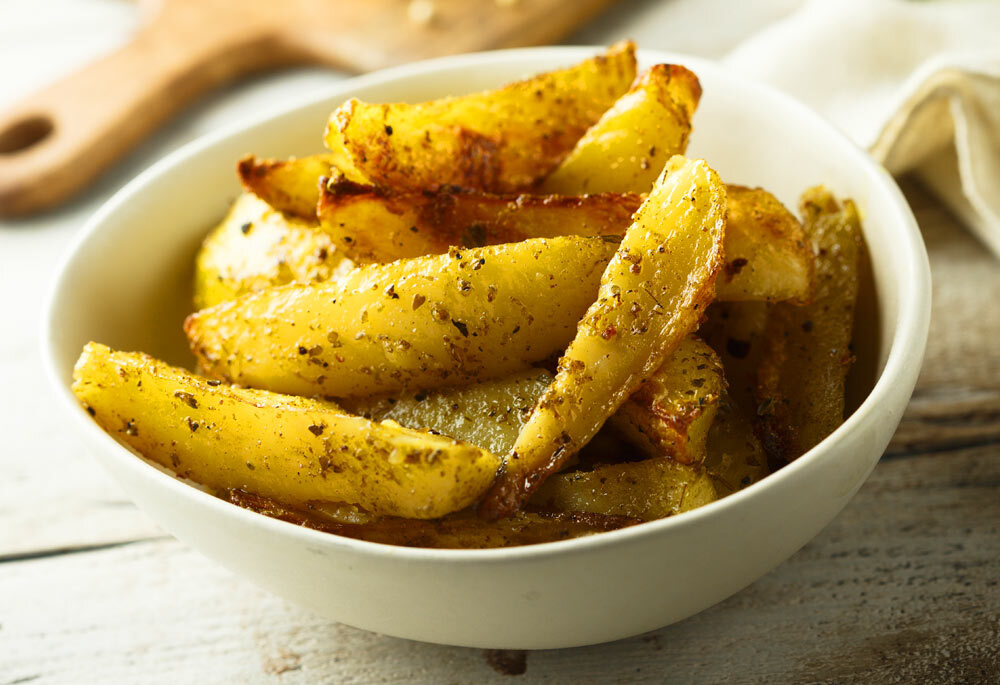 Lemony Greek-Style Potato Wedges One of my Merry Band of Tasters highly recommends these crisp potato wedges. If desired, substitute Dijon for the yellow mustard, or chopped fresh rosemary for the dried oregano. Parboiling the potatoes (especially with the added alkalinity of baking soda) contributes to their crispiness. Ingredients 2 1/4 pounds russet potatoes, peeled and cut lengthwise into… view recipe
Lemony Greek-Style Potato Wedges One of my Merry Band of Tasters highly recommends these crisp potato wedges. If desired, substitute Dijon for the yellow mustard, or chopped fresh rosemary for the dried oregano. Parboiling the potatoes (especially with the added alkalinity of baking soda) contributes to their crispiness. Ingredients 2 1/4 pounds russet potatoes, peeled and cut lengthwise into… view recipe Prawns with Zingy Avocado Dip Shrimp cocktail gets a much-needed makeover! Make the dip just before serving. Ingredients 2 fresh jalapeños, stemmed and seeded1 avocado, peeled, pitted, and coarsely chopped1/4 cup sour cream1 lime, rind finely grated, juiced1/2 cup at-leaf parsley leaves1/2 cup fresh mint leaves1/2 cup fresh cilantro leaves1 clove garlic, peeled and crushed1/2 teaspoon coarse salt (kosher or… view recipe
Prawns with Zingy Avocado Dip Shrimp cocktail gets a much-needed makeover! Make the dip just before serving. Ingredients 2 fresh jalapeños, stemmed and seeded1 avocado, peeled, pitted, and coarsely chopped1/4 cup sour cream1 lime, rind finely grated, juiced1/2 cup at-leaf parsley leaves1/2 cup fresh mint leaves1/2 cup fresh cilantro leaves1 clove garlic, peeled and crushed1/2 teaspoon coarse salt (kosher or… view recipe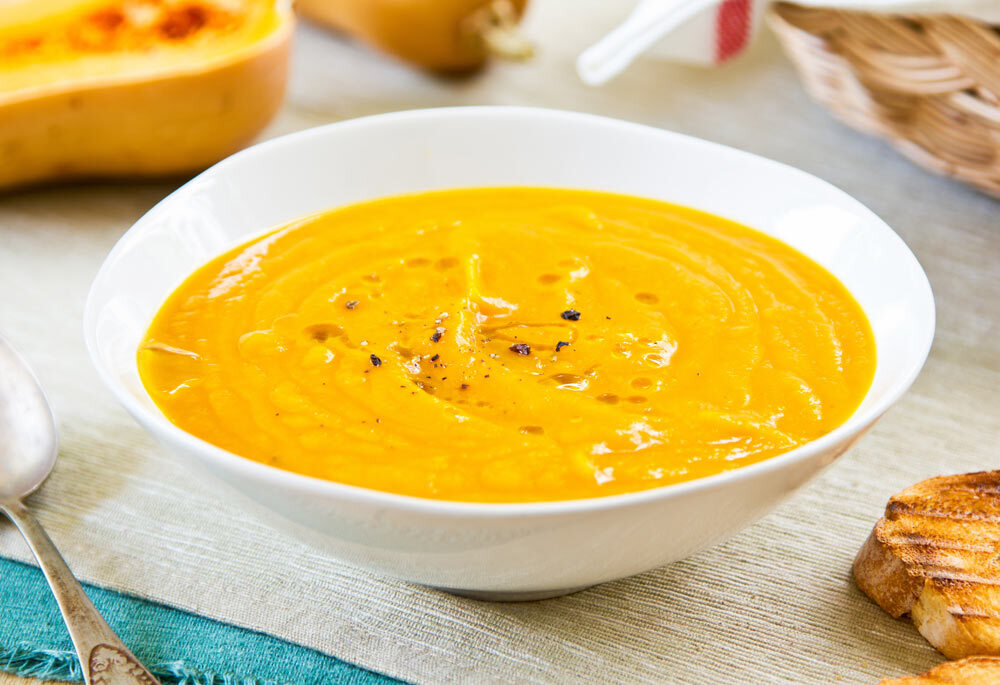 Roasted Butternut Squash Soup The appeal of this autumnal soup lies in its simplicity. The sweetness of the butternut squash is enhanced by roasting and by the addition of a small amount of maple syrup. Ingredients 1 large butternut squash (about 3 pounds), halved lengthwise, seeds removed3 to 4 tablespoons extra virgin olive oil, plus more for drizzling1/2 cup… view recipe
Roasted Butternut Squash Soup The appeal of this autumnal soup lies in its simplicity. The sweetness of the butternut squash is enhanced by roasting and by the addition of a small amount of maple syrup. Ingredients 1 large butternut squash (about 3 pounds), halved lengthwise, seeds removed3 to 4 tablespoons extra virgin olive oil, plus more for drizzling1/2 cup… view recipe.jpg) Asian Cabbage Salad There’s no need to follow this recipe slavishly. Feel free to add shredded purple cabbage, snow pea pods, sliced water chestnuts, and so on. You can even turn the salad into a light lunch or dinner entrée by topping it with shredded rotisserie chicken or thinly sliced grilled steak. Ingredients For the dressing 1 to… view recipe
Asian Cabbage Salad There’s no need to follow this recipe slavishly. Feel free to add shredded purple cabbage, snow pea pods, sliced water chestnuts, and so on. You can even turn the salad into a light lunch or dinner entrée by topping it with shredded rotisserie chicken or thinly sliced grilled steak. Ingredients For the dressing 1 to… view recipe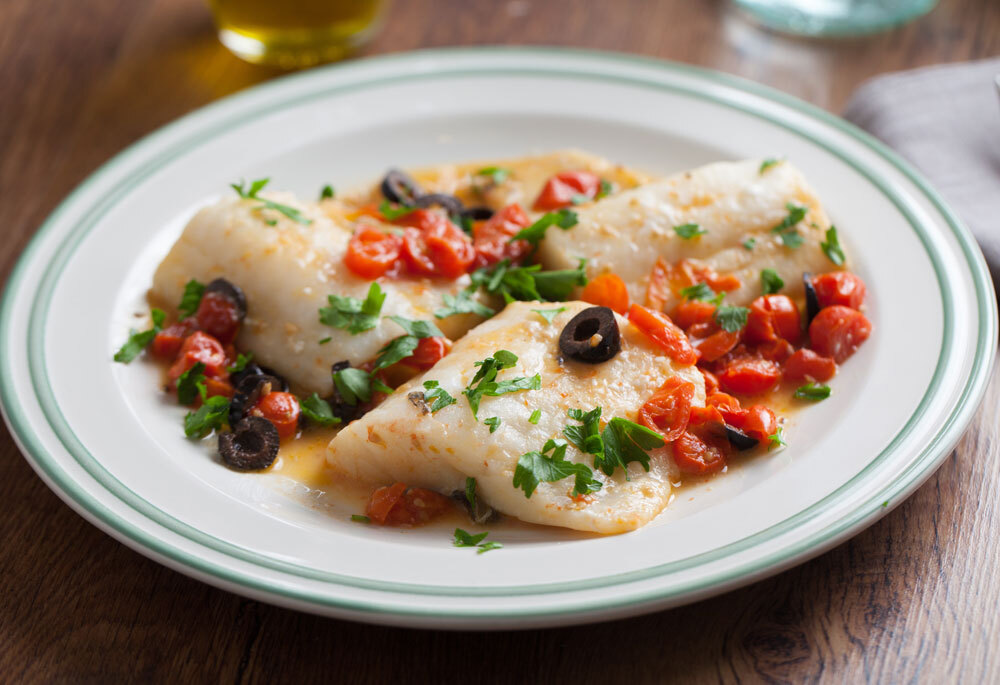 Roasted Barramundi with Cherry Tomatoes, Olives, and Basil Native to Australia and the Indo-Pacific, barramundi means “large-scaled silver fish” in the Aboriginal language. If it is unavailable, substitute any sustainable firm-fleshed white fish, such as halibut, sea bass, cod, or snapper. Ingredients 2 pints cherry or grape tomatoes, halved, preferably mixed colors4 tablespoons extra virgin olive oil, divided useSalt and freshly ground black… view recipe
Roasted Barramundi with Cherry Tomatoes, Olives, and Basil Native to Australia and the Indo-Pacific, barramundi means “large-scaled silver fish” in the Aboriginal language. If it is unavailable, substitute any sustainable firm-fleshed white fish, such as halibut, sea bass, cod, or snapper. Ingredients 2 pints cherry or grape tomatoes, halved, preferably mixed colors4 tablespoons extra virgin olive oil, divided useSalt and freshly ground black… view recipe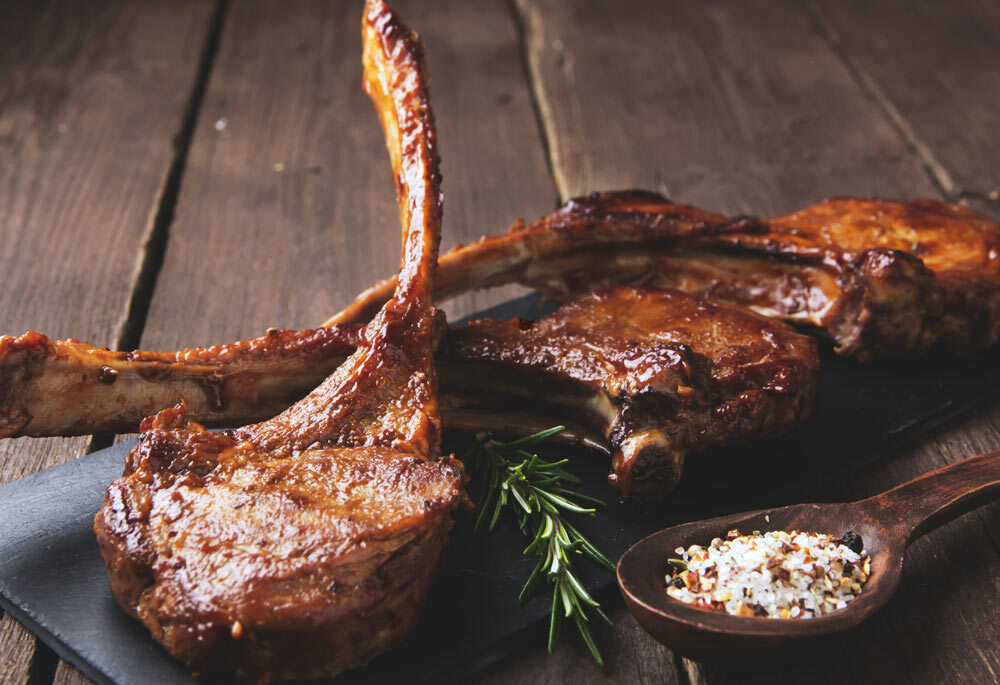 Grilled Lamb Chops with Charred Lemon Vinaigrette Lean and low-fat pastured lamb is a popular protein in Australia, where per capita consumption per year is about 18 pounds. Here, tender loin chops are grilled quickly over a hot fire and paired with a tangy olive oil vinaigrette that can be modified by your choice of fresh herbs. Ingredients For the lamb: 2… view recipe
Grilled Lamb Chops with Charred Lemon Vinaigrette Lean and low-fat pastured lamb is a popular protein in Australia, where per capita consumption per year is about 18 pounds. Here, tender loin chops are grilled quickly over a hot fire and paired with a tangy olive oil vinaigrette that can be modified by your choice of fresh herbs. Ingredients For the lamb: 2… view recipe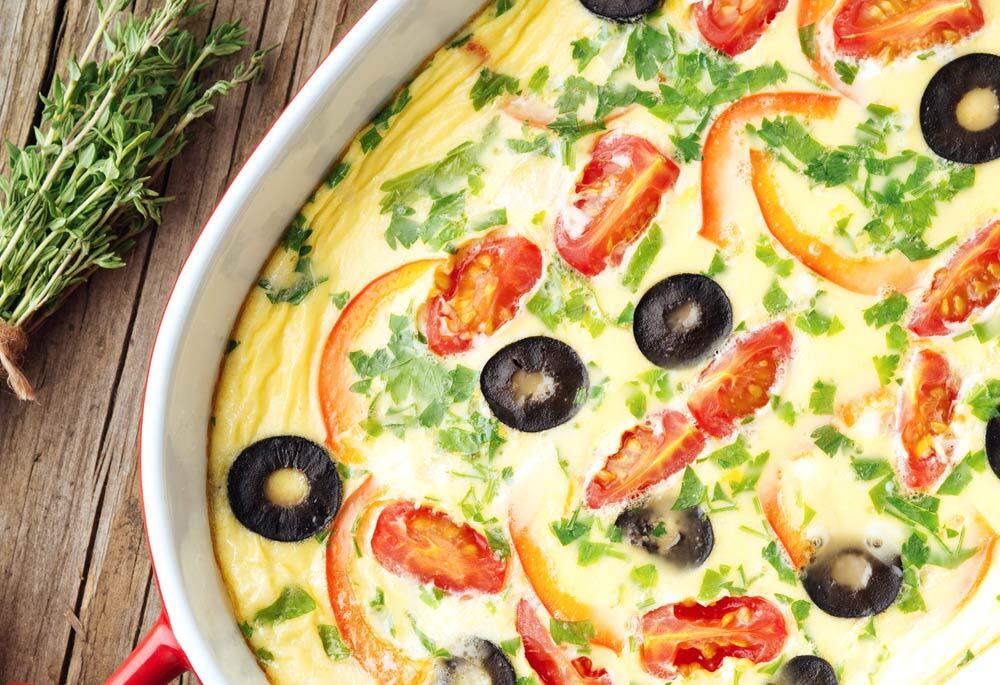 Cheese, Herb, and Olive Frittata This meatless, keto-friendly frittata can be thrown together in minutes, perfect for times when you have unexpected lunch or overnight guests. For a carnivorous version, add diced ham, cooked bacon, cooked breakfast sausage, or even slivered pepperoni. Great served with a simple green salad. Ingredients 3 tablespoons extra virgin olive oil1 medium onion, peeled and… view recipe
Cheese, Herb, and Olive Frittata This meatless, keto-friendly frittata can be thrown together in minutes, perfect for times when you have unexpected lunch or overnight guests. For a carnivorous version, add diced ham, cooked bacon, cooked breakfast sausage, or even slivered pepperoni. Great served with a simple green salad. Ingredients 3 tablespoons extra virgin olive oil1 medium onion, peeled and… view recipe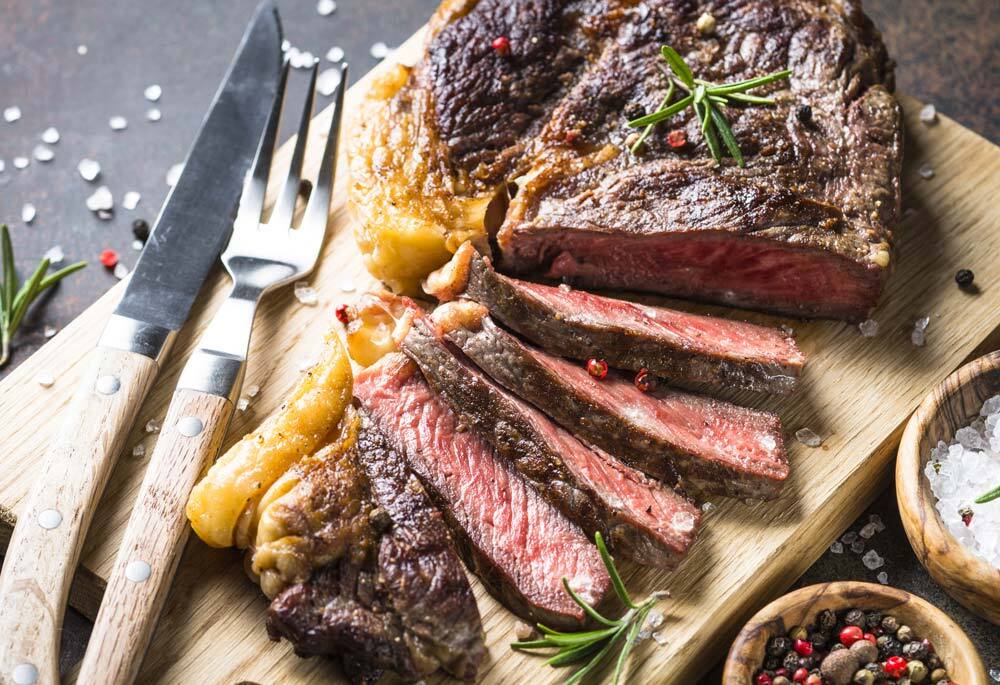 Fred’s Steak Though this marinade was developed in the 1950s by Los Gatos, California, meat market owner Fred Schaub, Vegemite is a thoroughly Australian pantry ingredient. If you don’t have it, you can buy it online or substitute a good concentrated beef base. We also like this marinade on tri-tip or T-bone steaks. Ingredients 2 to 3… view recipe
Fred’s Steak Though this marinade was developed in the 1950s by Los Gatos, California, meat market owner Fred Schaub, Vegemite is a thoroughly Australian pantry ingredient. If you don’t have it, you can buy it online or substitute a good concentrated beef base. We also like this marinade on tri-tip or T-bone steaks. Ingredients 2 to 3… view recipe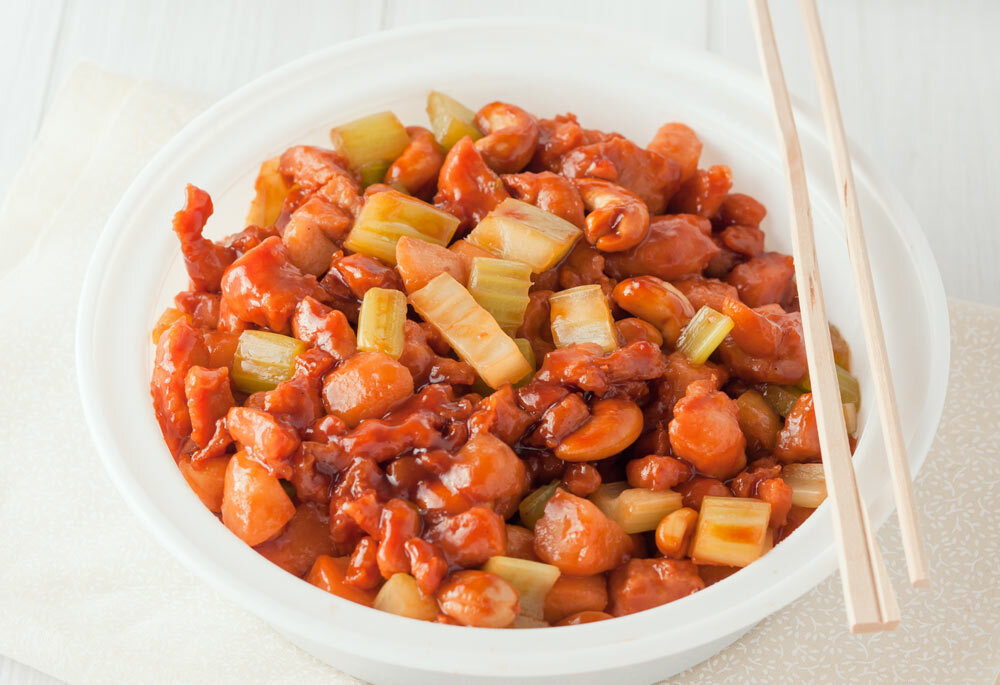 Chicken with Candied Cashews Per capita, Australia has the largest population of people with Chinese ancestry of any country outside Asia. Melbourne, Sydney, Brisbane, and even Cairns house densely populated Chinatowns, which make for a lively restaurant scene. Ingredients 1/4 cup granulated sugar3/4 cup unsalted roasted cashews5 tablespoons extra virgin olive oil, divided use, plus extra for drizzling2 garlic… view recipe
Chicken with Candied Cashews Per capita, Australia has the largest population of people with Chinese ancestry of any country outside Asia. Melbourne, Sydney, Brisbane, and even Cairns house densely populated Chinatowns, which make for a lively restaurant scene. Ingredients 1/4 cup granulated sugar3/4 cup unsalted roasted cashews5 tablespoons extra virgin olive oil, divided use, plus extra for drizzling2 garlic… view recipe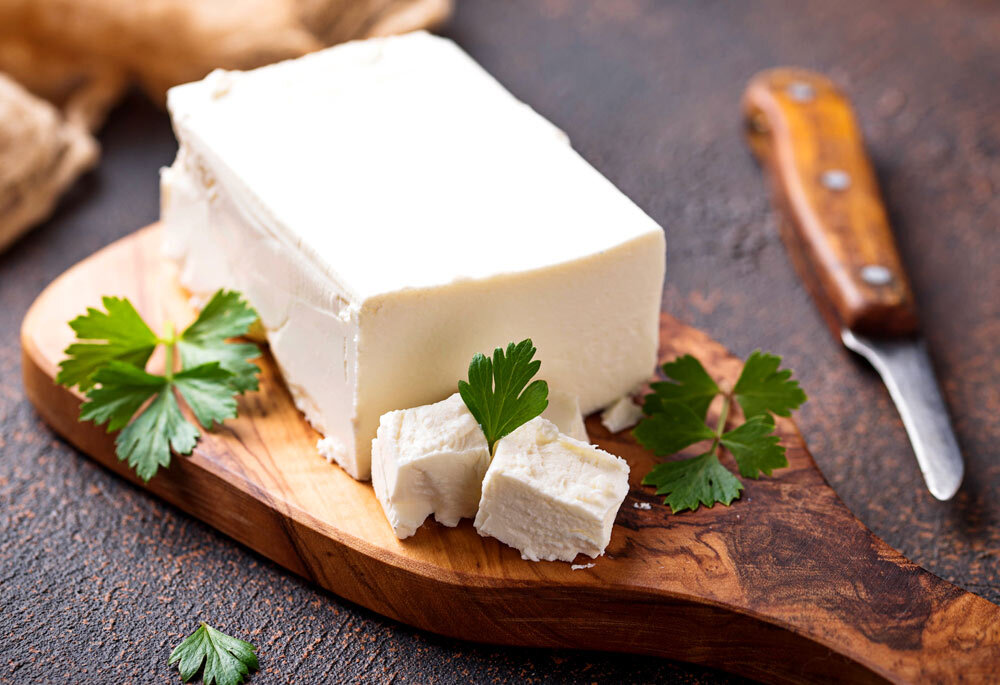 Sheet-Pan Baked Feta with Broccolini, Tomatoes, and Lemons Greek food has taken pride of place in Australia’s vibrant dining scene, from souvlaki served from food trucks to high-end restaurants. (Most of Australia’s Greek immigrants arrived after World War II.) This sheet-pan dinner showcases some of Greece’s iconic flavors. Sturdy halloumi cheese can be substituted for feta. Ingredients 1 bunch broccoli rabe, ends trimmed,… view recipe
Sheet-Pan Baked Feta with Broccolini, Tomatoes, and Lemons Greek food has taken pride of place in Australia’s vibrant dining scene, from souvlaki served from food trucks to high-end restaurants. (Most of Australia’s Greek immigrants arrived after World War II.) This sheet-pan dinner showcases some of Greece’s iconic flavors. Sturdy halloumi cheese can be substituted for feta. Ingredients 1 bunch broccoli rabe, ends trimmed,… view recipe
